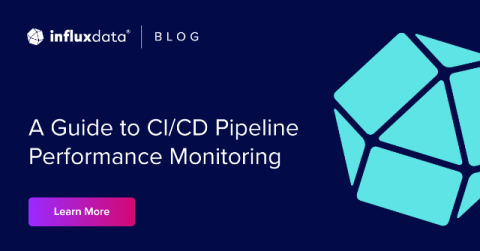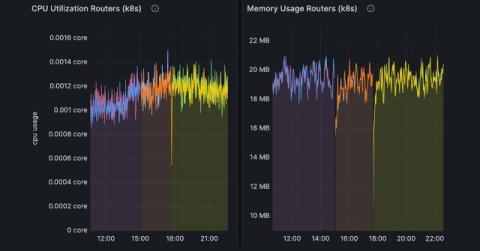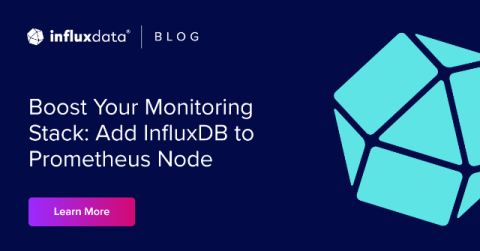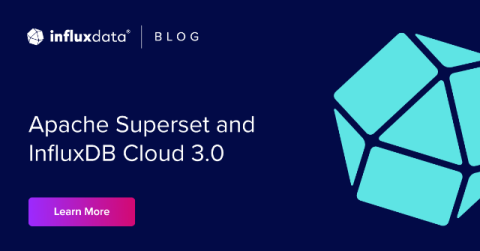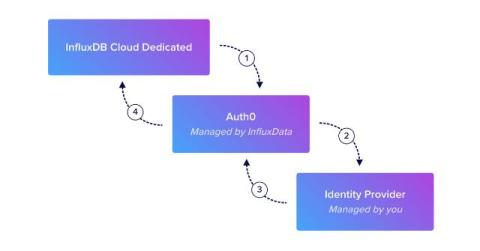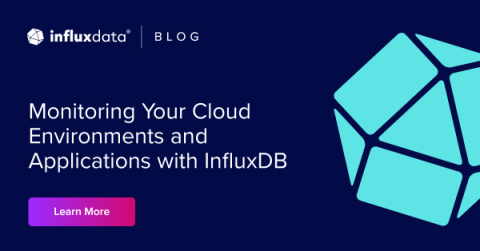Dealing with Mountains of IoT Data: An IIoT World Webinar Reflection
We’ve made the case many times that instrumentation is critical for understanding changes in the physical and virtual worlds. During this recent webinar, panelists discussed the challenges and opportunities of integrating IoT sensors into existing infrastructure, ensuring data quality and accuracy, and leveraging sensor data for operational efficiency and productivity.



